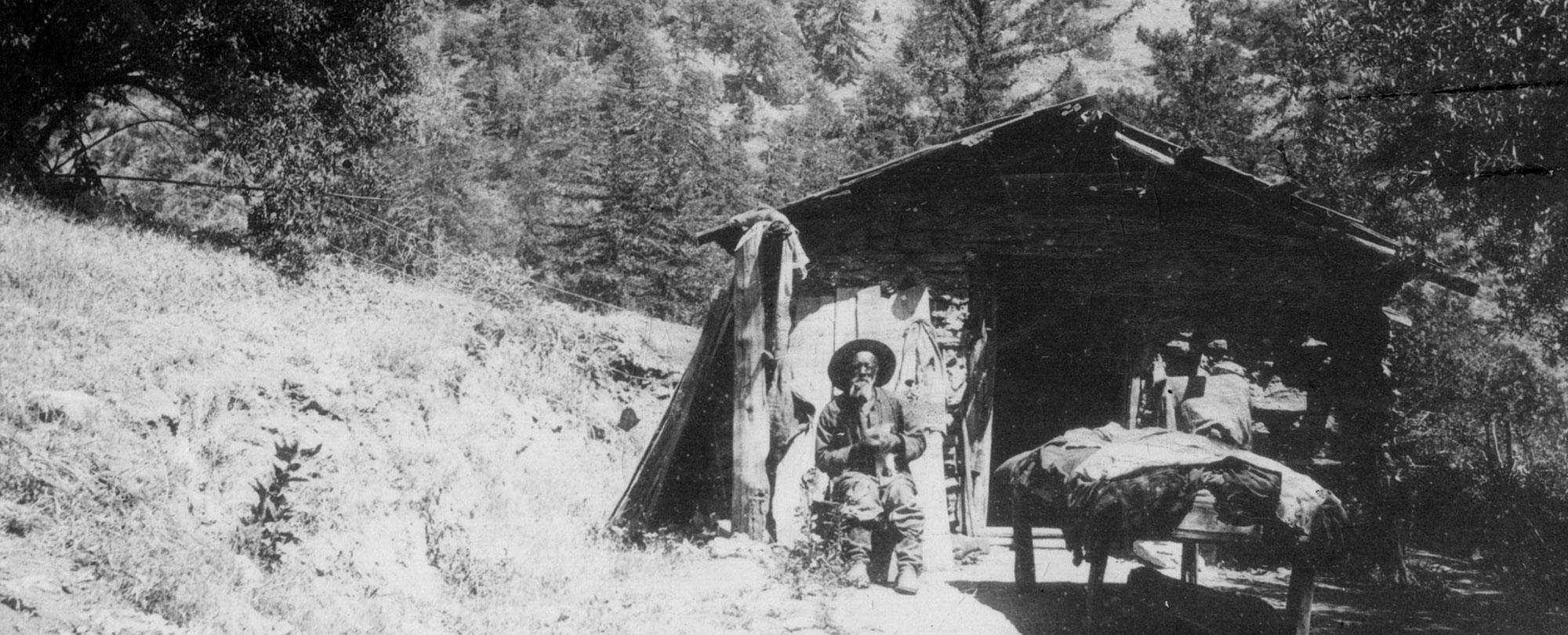TEL AVIV, ISRAEL—Haaretz reports that Yafit Kedar and Ran Barkai of Tel Aviv University suggest that Europe’s Paleolithic artists may have experienced hypoxia, or lack of oxygen, while painting by torchlight in remote areas of caves. The researchers simulated deep caves entered through narrow mouths and long corridors with software created to plan ventilation for underground parking lots. They found that use of fire deep in a cave would have caused a significant drop in oxygen levels. The dark cave spaces may have been chosen, the researchers explained, because this lack of oxygen produced euphoric, transformative experiences, and perhaps even hallucinations, making them sacred spaces. The caves were thus painted, Kedar and Barkai explain, to reflect their significance. The rock face itself may have been understood as a connection to another world. To read about ritual imagery painted deep in the caves of the American South, go to "Artists of the Dark Zone."
New Thoughts on Europe’s Cave Paintings
News April 12, 2021
SHARE:
Recommended Articles
Digs & Discoveries July/August 2013
Seeds of Europe's Family Tree
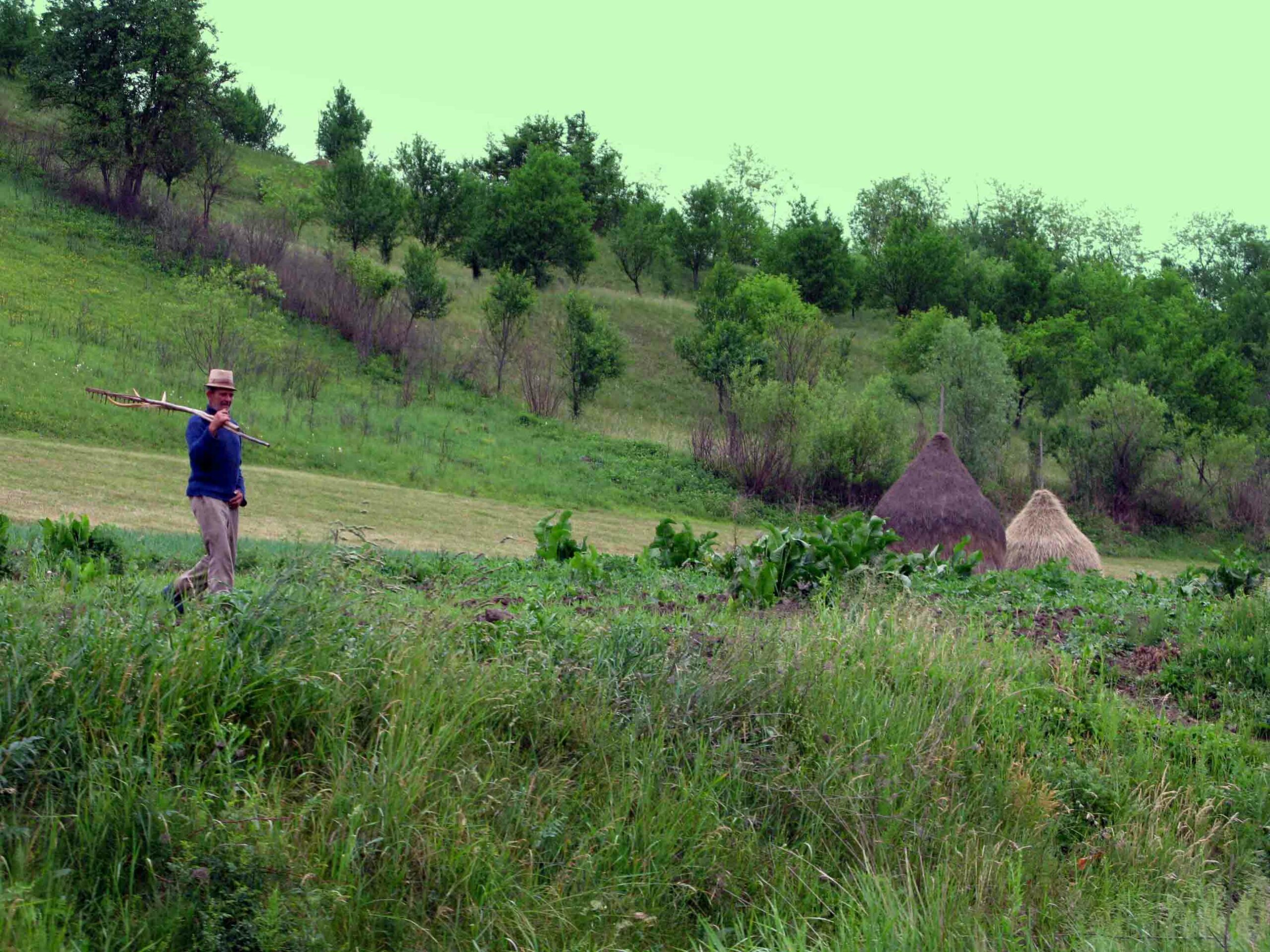
(Wikimedia Commons)
Digs & Discoveries May/June 2025
Lay of the Land

Courtesy Médard Thiry
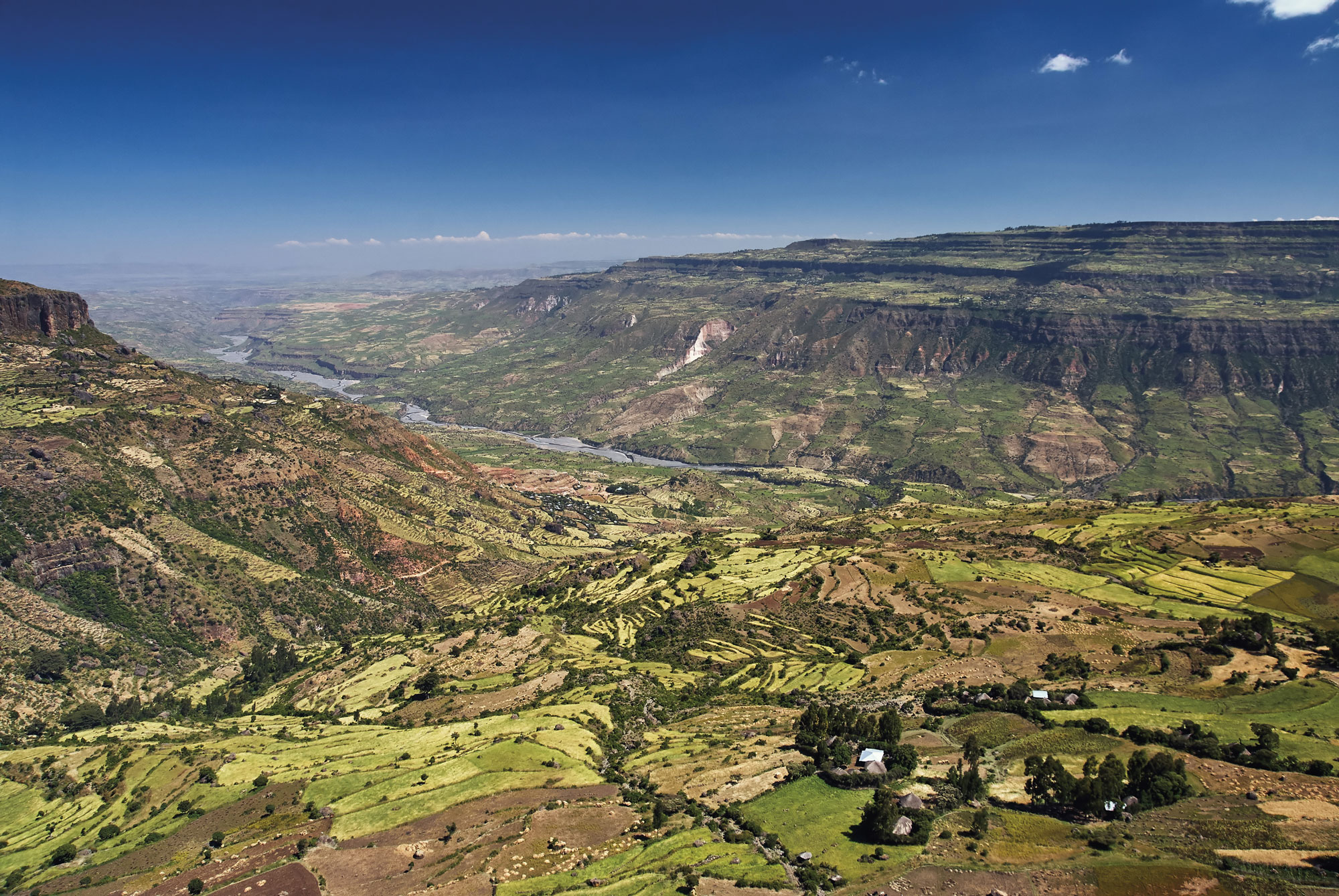
AdobeStock/lucaar
Artifacts September/October 2024
Paleolithic Eyed Needles
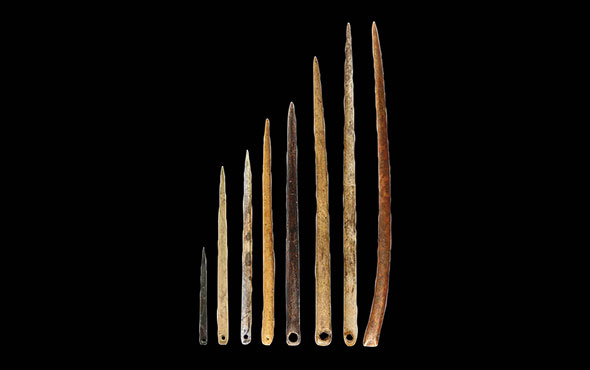
Gilligan et al., Sci. Adv. 10, eadp2887 (2024)
-
Features March/April 2021
The Visigoths' Imperial Ambitions
How an unlikely Visigothic city rose in Spain amid the chaotic aftermath of Rome’s final collapse
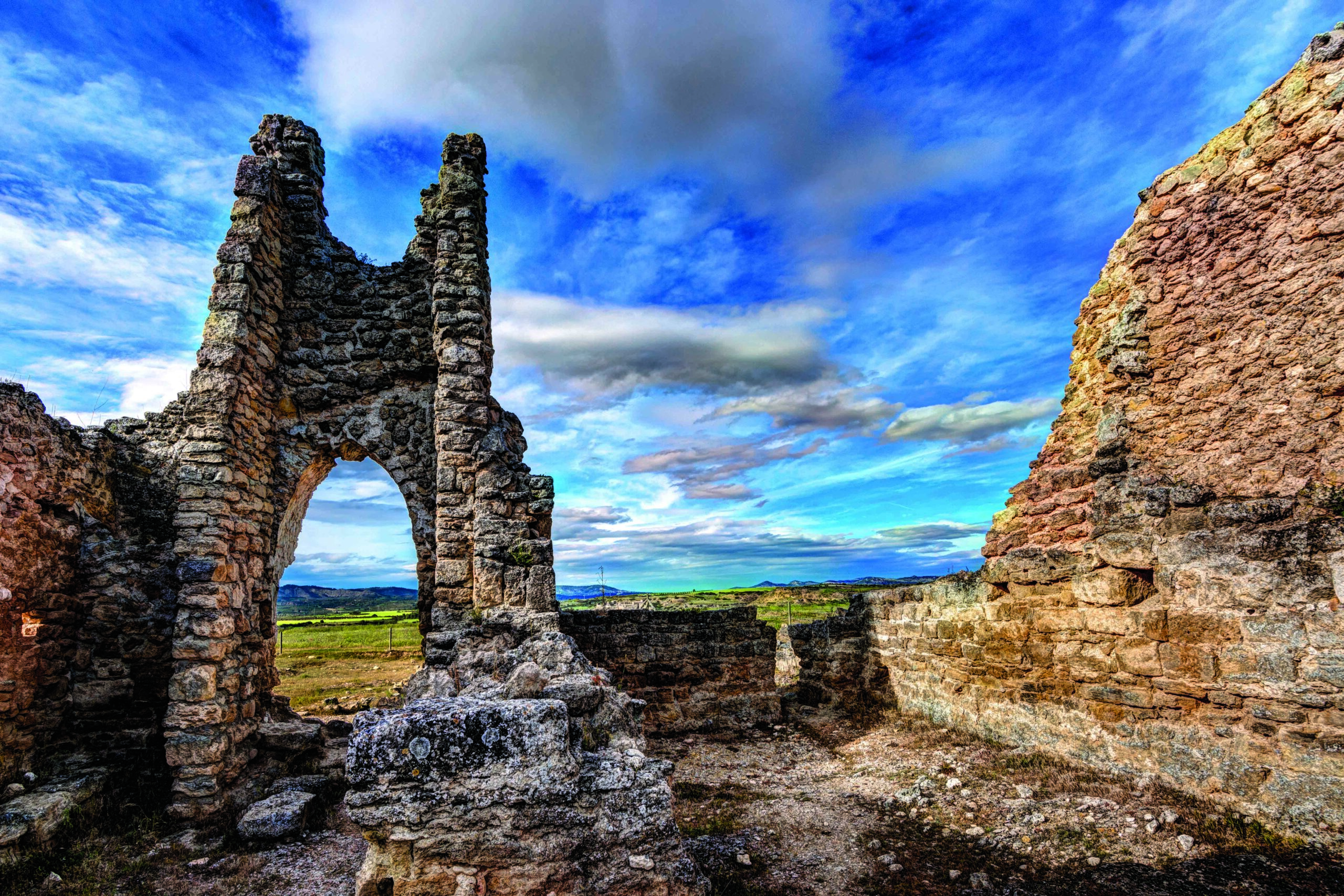 Yil Dori
Yil Dori -
Letter from Chihuahua March/April 2021
Cliff Dwellers of the Sierra Madre
A recurring design motif found in northern Mexico’s ancient mountain villages reflects complex cultural ties between distant peoples
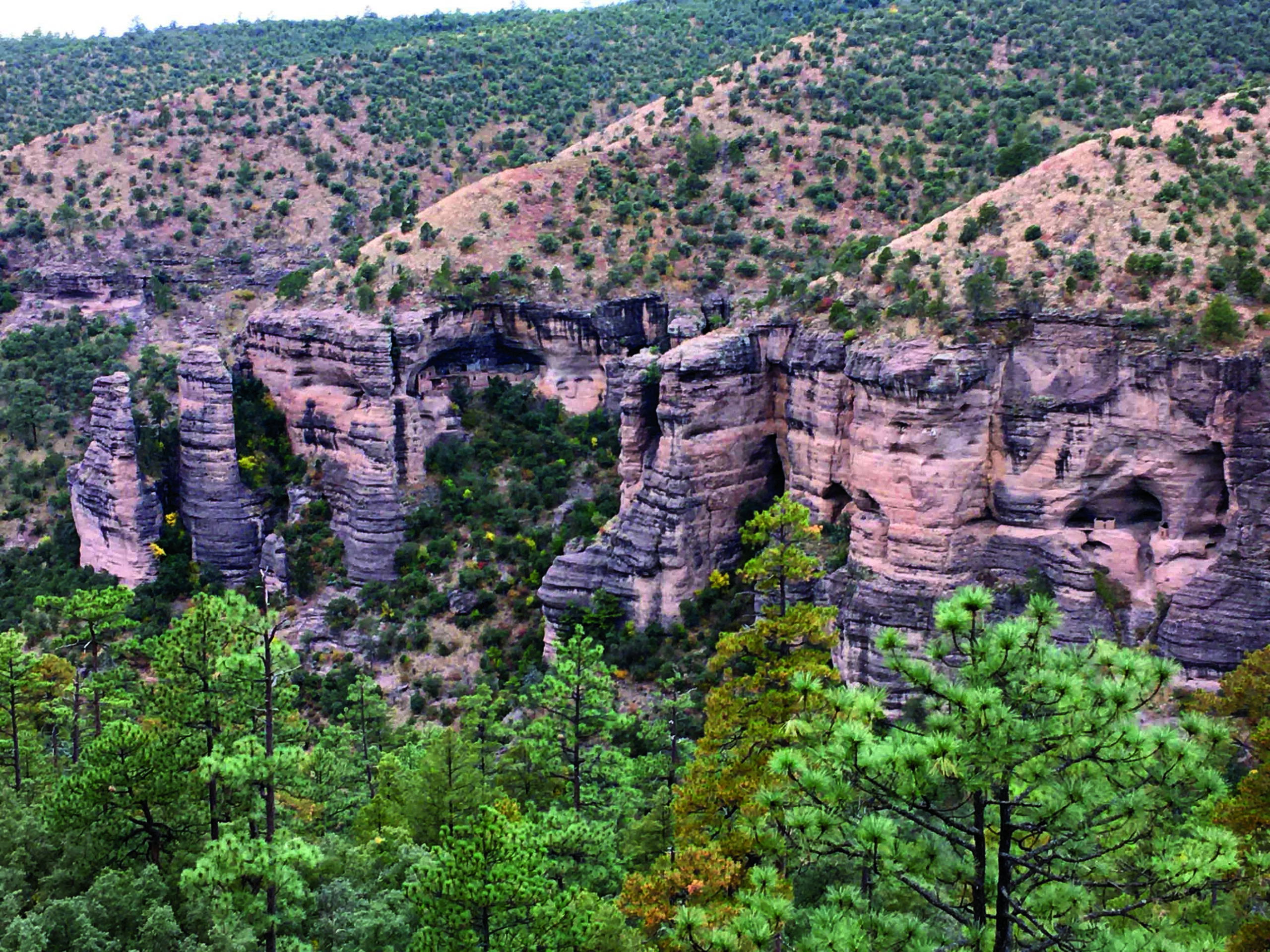 (Photo by Stephen H. Lekson)
(Photo by Stephen H. Lekson) -
Artifacts March/April 2021
Subeixi Game Balls
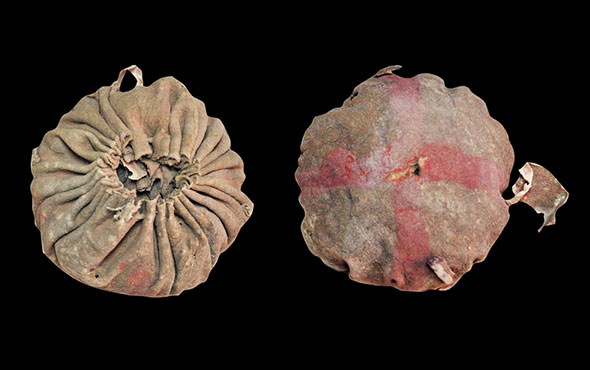 (Courtesy Patrick Wertmann)
(Courtesy Patrick Wertmann) -
Digs & Discoveries March/April 2021
An Enduring Design
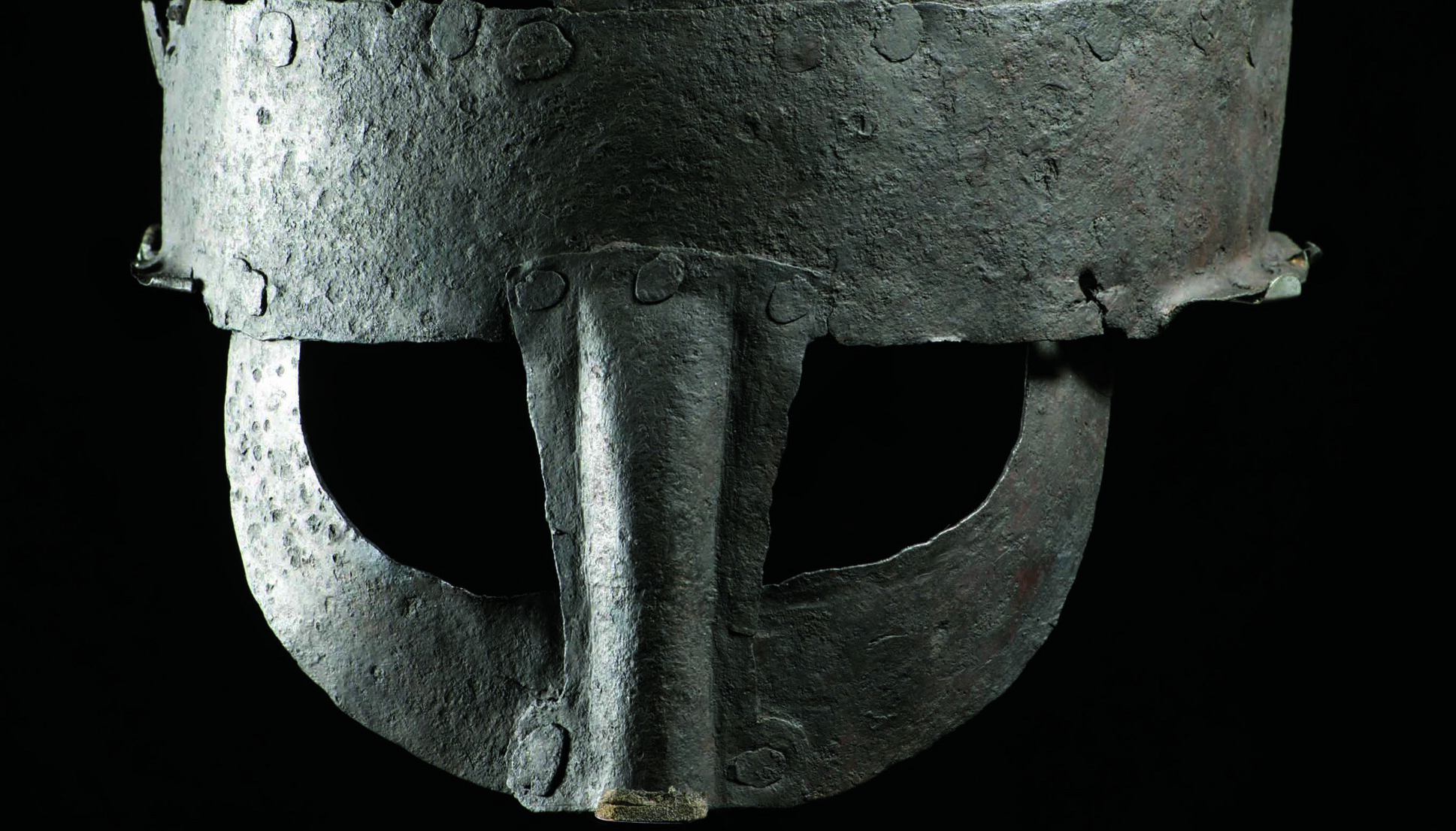 Courtesy Durham University
Courtesy Durham University


